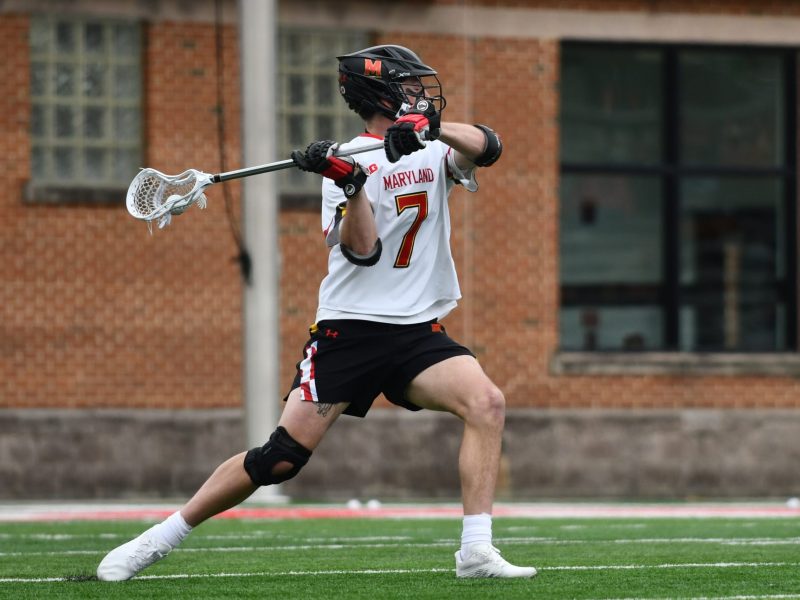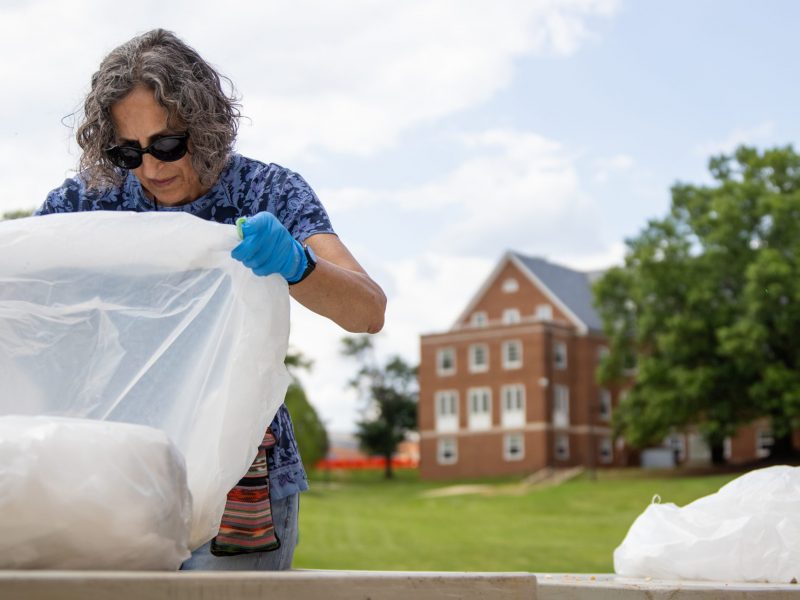
One of Salad Days director of photography Jim Saah’s photos from D.C.’s 1980s hardcore scene, this one of Void.
Washington is most popularly known for its politics, monuments and various cultural exhibits. But in the ’80s, it was also a hotbed of punk and hardcore that changed the face of underground music forever. The decade produced legendary acts such as Minor Threat, The Nation of Ulysses and Dag Nasty. But not much about the seminal time period has been documented.
Scott Crawford, who grew up in the suburbs of Washington and was a well-known voyeur of the city’s hardcore scene, decided to commemorate the decade with a documentary. He had never made a film before.
Although he lacks filmmaking experience, Crawford has quite the resume in music journalism. He created a fan zine titled Metrozine in his youth that was one of the first texts to record the movement in the ’80s — he was called a “punktrepeneur” by Washington City Paper in 1985. He started his own music publication called Harp in the early 2000s and worked for the online portal of music magazine Blurt. He could have written a novel on the subject, but he decided a documentary would better convey his personal perspective of the decade.
“I wanted to do something about that period for a long time,” he said. “I was either going to write a book about it, which had first been done with the book Dance of Days, and I just thought visually it would have been a stronger story.”
Salad Days: The D.C. Punk Revolution, which takes its name from a Minor Threat song, is the (almost) finished product of Crawford’s labor and will likely release in summer 2013. He initially launched a Kickstarter page in September to raise money for the documentary and ended up surpassing his goal of $32,000 in a matter of days. He credits the success to social media, and the help of people involved with the documentary — such as Foo Fighters founder Dave Grohl tweeting about it.
“I expected every day to have to be out there shouting from the rooftop ‘Salad Days!’” he said of his surprise of the success of the campaign.
The fundraising wasn’t the only shock of the documentary process. Crawford decided to hold a show on Dec. 28 at D.C. venue Black Cat to celebrate the culmination of the project. He invited D.C. band Dag Nasty to perform for the first time since the late ’80s, and the show sold out in a matter of hours. One night became two sold out nights with six bands overall, including Youth Brigade, Kingface and Government Issue.
“It’s not to say I didn’t know it that this is much bigger than D.C. but I guess I didn’t know it’d sell out so quickly,” he said. “I’ve gotten phone calls from Belgium, Australia, Japan and Germany, with people flying from overseas to see the show. It’s crazy.”
In addition to Crawford, Jim Saah, who has worked on music documentaries about bands such as Wilco and has shot photographs for publications including The Washington Post, acted as director of photography on the film. Saah and Crawford had been friends since they met in their adolescence, as Crawford had also been heavily embedded in the D.C. ’80s hardcore scene, making the two a perfect match for the film.
“He captured a lot of what we all saw. When you see those black and white photos of Minor Threat or Void or any band from back then, chances are you’re looking at a photo that he took,” Crawford said.
With the completion of the documentary nearing, fans of D.C. punk and hardcore or music history in general can look forward to finding out the entire story of what occurred in the ’80s. And this doesn’t mean the end of filmmaking for Crawford — he plans on continuing working with the medium.
“I spent the first half of my life doing magazines and writing, and I kind of want to spend the second half doing this.”
diversionsdbk@gmail.com


